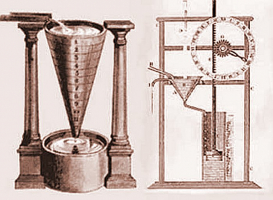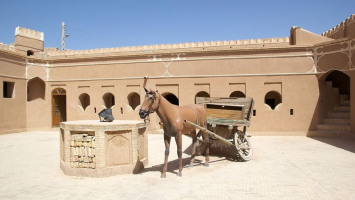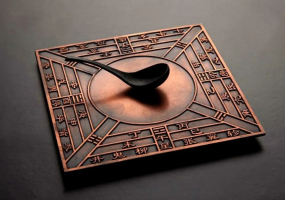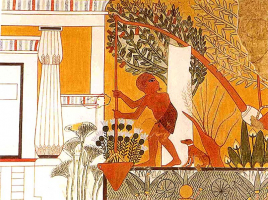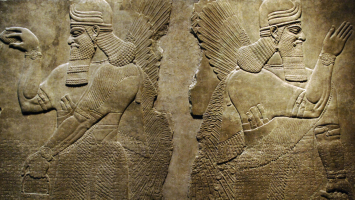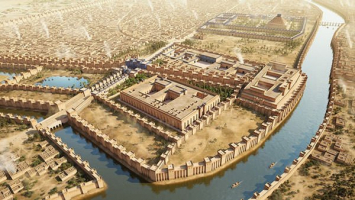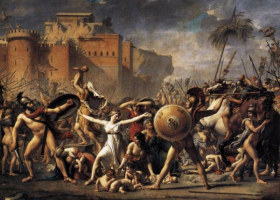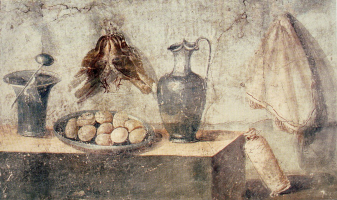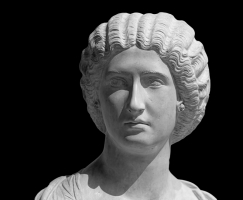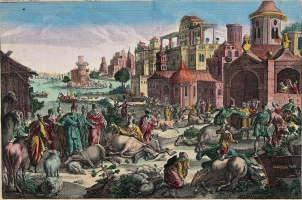Top 10 Inventions and Discoveries of Ancient Babylonia
During their existence, the Babylonians developed new technologies and changed the way people grow food, build homes, communicate, and manage information and ... read more...time. Here are the 10 inventions and discoveries of ancient Babylonia.
-
Even in today's environment, where we frequently rely on Google Maps for our travels, maps are quite important. In 2300 BC, a Babylonian cartographer drew the first map of the world on a clay tablet. A little area of Babylonia during the Akkadian Empire is seen on the map. It depicts commerce routes and serves as a guide for military operations, hunting expeditions, and exploration. Circular in shape, the Babylonian Map of the World shows mountains, rivers, canals, and swamps. The seven little circles on the map stand in for the seven cities of ancient Babylon. Currently, it is housed in the British Museum.
The Euphrates River, which runs from north to south in the center of the map (bottom). On the Euphrates, at the top half of the map, is where Babylon is located. The Euphrates' mouth is designated as a "swamp" and an "outflow." The locations of Susa, the capital of Elam, Urartu, and the erroneously located Habban, the capital of the Kassites, are shown on the map. A circle-shaped "bitter river" or ocean surrounds Mesopotamia, and seven or eight other "regions," which are represented as triangular parts, are shown to be located beyond the ocean. It has been hypothesized that the fact that these "regions" are represented as triangles may mean that they were originally thought of as mountains.
This map places the city of Babylon in the middle and depicts the world and the skies from the perspective of the Babylonians themselves. As other civilizations had done with Athens or Jerusalem, Babylon was placed in the center because it was the center of life for the thousands of people who lived there. Without the aid of contemporary technologies like satellites, map-making tools, and dependable long-distance transportation, this was the only perspective they had. Though it may be imperfect, this little tablet provides a glimpse into their worldview and ideals.
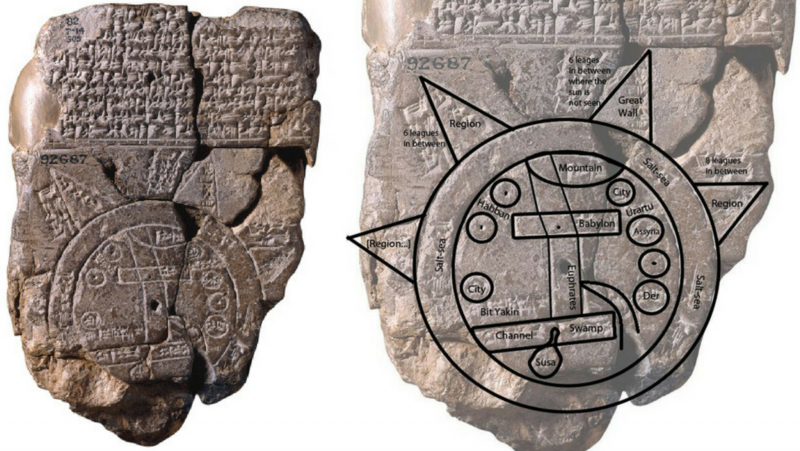
Photo: Cata Wiki 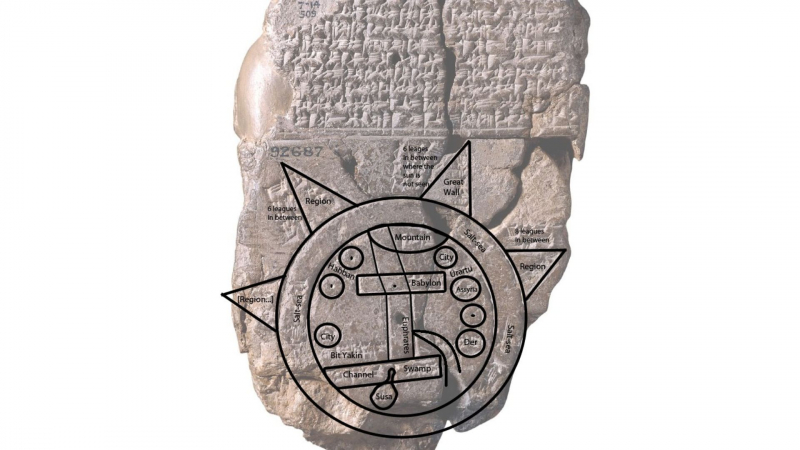
Photo: OpenStax CNX -
Cuneiform is the next item in the list of inventions and discoveries of ancient Babylonia. Cuneiform, which dates back to 3400 BC, is the earliest type of writing that has ever been discovered. Since it contained fewer than 1,000 characters and those characters were utilized for administrative, business, and accounting functions, it cannot be regarded as a language. It was accessible to people of all educational and intellectual backgrounds, and common people used it to send letters, manage their economic affairs, and record commonplace events like astrological phenomena. People with more education used it for technical tasks like producing mathematical derivations and medical listings. To organize and keep records, characters were carved onto a clay slab using a pointed stylus. The cuneiform alphabet only emerged later; the earliest cuneiform stones were illustrated and used visual symbols to communicate. On the clay tablets were also inscriptions in Sumerian and Akkadian, two ancient Iraqi languages.
In addition to Sumerian, cuneiform has been used to write a variety of languages throughout its history. The majority of the cuneiform record is composed of Akkadian texts, which are recorded from the 24th century BC onward. The Hittite language was written using Akkadian cuneiform at the beginning of the second millennium BC. Eblaite, Elamite, Hurrian, Luwian, and Uratian are the other languages possessing sizable cuneiform corpora. Although they contain cuneiform-looking symbols, the Old Persian and Ugaritic alphabets are unconnected to the actual cuneiform logo-syllabary.
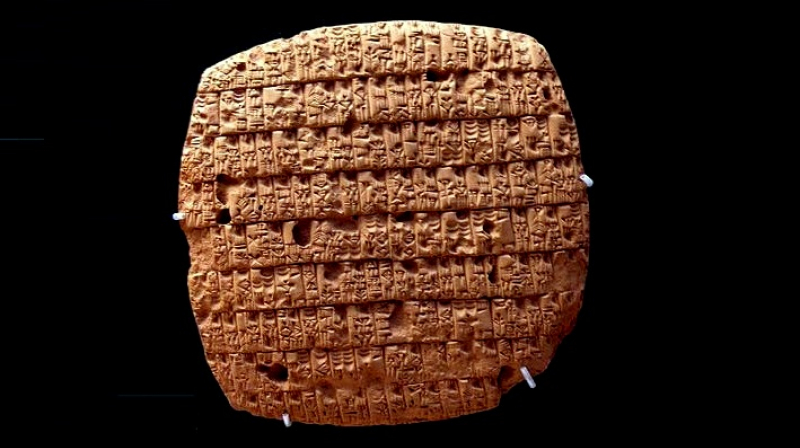
Photo: Deccan Chronicle 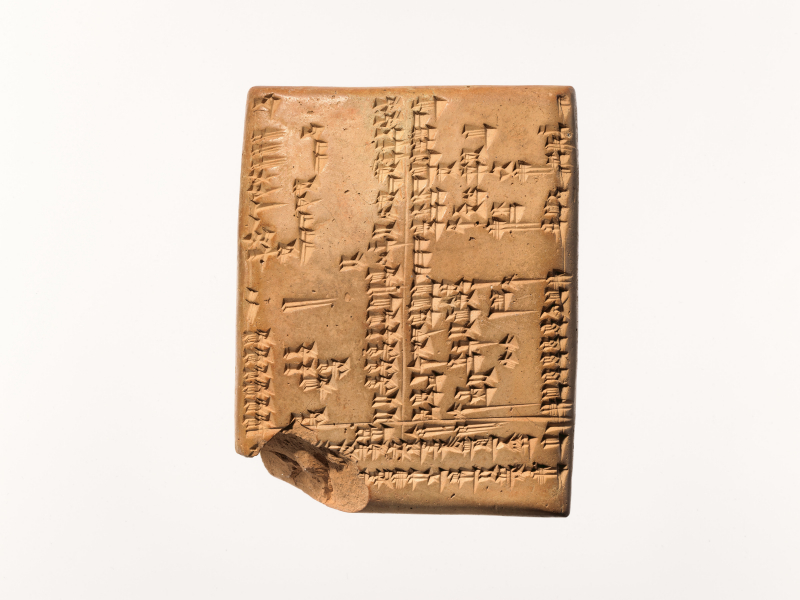
Photo: The Metropolian Museum of Art -
Most nations base their economies primarily on agriculture, and the output of that industry dictates a nation's development. The populace is fed by agriculture, which also offers job opportunities. The plow is a crucial piece of agricultural equipment used to prepare the soil for seeding. A stone hoe, invented by the Babylonians to turn the soil, was the earliest type of plow. In the plains of Babylonia, the land quickly dried up, prompting the development of the stone plow to prepare the ground. Crops including emmer, wheat, and barley were grown by the Babylonians, and clothing made of flax was common at the time. The Babylonians built canals and irrigation ditches to control the flow of water used to irrigate their crops, which, combined with the invention of the plow, paved the way for a new period of agricultural innovation.
Barley, dates, wheat, lentils, peas, beans, olives, pomegranates, grapes, and vegetables were among the principal crops in Babylonia. In the royal grounds, pistachio trees were grown. Farmers relied on flooding caused by the Tigris and Euphrates Rivers to provide water for their crops because Mesopotamia had a dry climate with little rainfall. The soil was rich because of the silt that the floodwaters left behind. Wheat and barley were the two most significant crops in Mesopotamia, including Babylonia. Dates, grapes, figs, melons, and apples were also grown by farmers. Favorite vegetables were lettuce, sesame seeds, beans, radishes, onions, and eggplants.
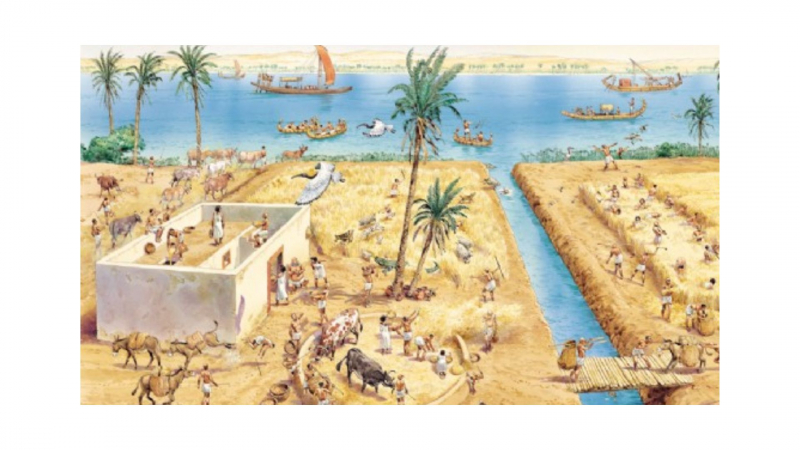
Photo: Pinterest 
Photo: Ancient History Lists -
Another invention and discovery of ancient Babylonia is astrology and horoscope. Even now, many people still believe in astrology, which is the study of the positions of celestial bodies and how their movements may affect our lives. It was believed that the celestial bodies possessed divine powers that controlled people's lives in ancient Babylon. People used constellations to predict the weather, the climate, the seasons, and the best times to plant certain crops. Future phenomena like thunder or an eclipse were predicted by studying the moon, stars, and sun. To make this prediction, ancient Babylonian astronomers carefully observed the sun and moon cycles.
Horoscopic astrology was practiced by the Babylonians. The Babylonians tied their notions of divine intervention in their daily lives to space and time by paying attention to the seasonal movements of the sun, moon, and planets. By monitoring space over time and connecting foreboding occurrences, like lunar eclipses, to issues in daily life, like giving birth to children with birth defects, they would predict their future situations.
The Babylonians thought that the actions of their gods had an impact on their own life. The Babylonians believed that God intervened in their lives through these celestial occurrences to warn them of impending good or bad events by utilizing the sun, moon, and planets as messengers. Horoscopic astrology is important to Babylonian beliefs because the Babylonians' association of the sun, moon, and planets with their gods influenced how they lived and perceived the universe. The similarities between horoscopes and nativity omens from a Seleucid Tablet illustrate the good and bad qualities of the planets in Babylonian astrology. The nature of the gods linked with each planet was used by the Babylonians to associate and build their beliefs about it. Benefic is Latin for "good-doer." A planet classed as malefic has negative characteristics (meaning "bad-doer"). People once thought the planets had an impact on human life and offered direction. The nature of the planet determines whether it is good or bad.
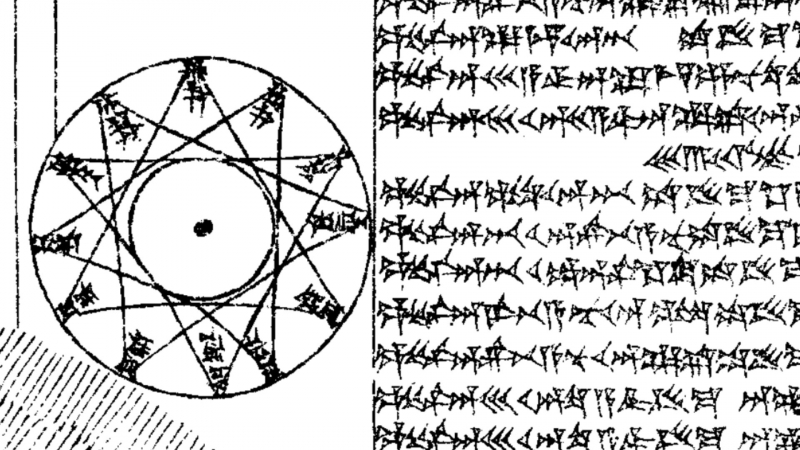
Photo: M. Willis Monroe 
Photo: Ancient Origins -
Ancient cultures have used the sky to measure long periods of time for millennia. The year is the length of time it takes for Earth to make one orbit around the sun, the month is roughly the length of time it takes for the moon to orbit our planet, the week is roughly the length of time between each of the four phases of the moon, and the day is the length of time it takes for the Earth to complete one rotation on its axis. Even while the division of the day into hours and minutes has a long history with customs dating back thousands of years, it was not always easy. In the 14th century B.C., Babylonian astronomers started cataloging the stars. As they gained a thorough understanding of sun and moon cycles and even made eclipse predictions, astronomy blossomed. Despite the ups and downs of the Middle Assyrian Empire, the Neo-Assyrian Empire, the Neo-Babylonian Empire, and the Achaemenid Empire, the Babylonian star catalogs remained the foundation of astronomy for more than a thousand years.
The 60 parts of time were created by the Babylonians. Time has been measured using the existing system for four millennia. Due to its divisibility by 6, the number 60 was selected as the dividing factor. The Babylonians thought it took 360 days for the earth to revolve 360 degrees around the sun. Once more, this number might be divided by 6. The sexagesimal system of numbers, which uses 60 as its foundation, was adopted by astrologers. They took note of the full moon's occurrence and length and discovered that it was likewise divisible by 6.
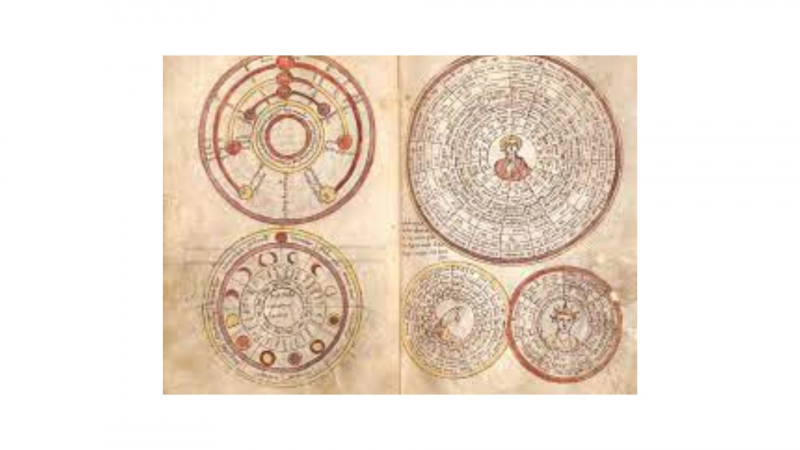
Photo: Medium 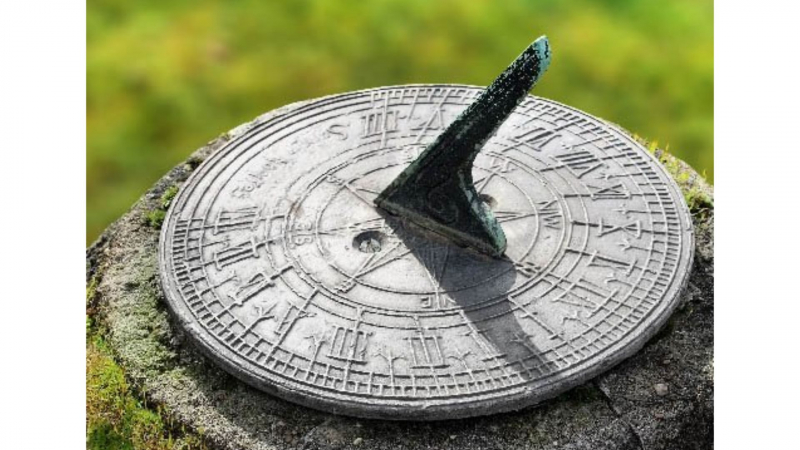
Photo: Ancient History Lists -
As a result of Babylonia's location between the Tigris and Euphrates, two well-known rivers, the significance of maritime navigation was quickly realized. Traveling by land was difficult and time-consuming at a time when trade was booming. When the Babylonians understood the possibilities of using water as a form of transportation, they quickly found a substitute. They supported irrigation and fishing as well. Fishing was a skill that the Babylonian had mastered. They would use sailboats to travel downstream where they would cast their nets, wait, and then return with the catch. The Babylonians became one of the most famous civilizations to prosper and alter the course of history with their inventions because the sailboats of Babylonia enabled them to forge trade contacts with other towns and nations. The first sailboat with a basic framework and structure was created by the Babylonians.
Babylonian sailboats had straightforward designs, with cotton sails that were square in shape. The sails' angle and direction cannot be adjusted. Things went well if the wind blew in the direction that the sailboats wanted to travel. They would have to wait for the wind to turn in their favor if that weren't the case. The body or hull of the boat was constructed of wood. The body of the boat was constructed from boards that were cut from trees, coarsely formed, and welded together. They could perform better than other sailing vessels of the era, despite the fact that they couldn't handle large amounts of goods or people at once. Even five thousand years later, the sailboat designs they created served as the model for all subsequent sailboats. That's all about the sixth invention and discovery of ancient Babylonia Toplist want to share.
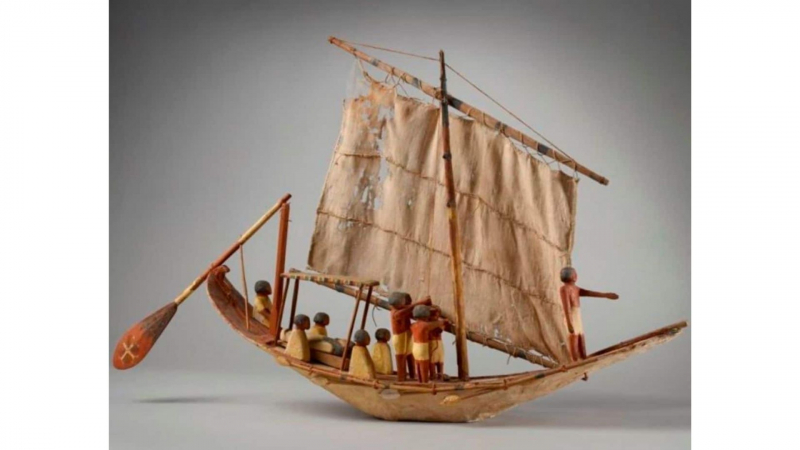
Photo: Boating Genie 
Photo: Mr Donn Mesopotamia -
Babylonia not only created the sailboat for use on the water but also the wheel for use on land routes. The earliest wheels were composed of mud, rock, and clay; wooden wheels only appeared considerably later. Around 3,500 years ago, the Babylonians invented the wheel, which was first used for pottery.
The initial wheel was shaped like a roller and had no spokes. Drilling holes in the wheels for the shaft that passed through a cart's frame gradually connected them with an axle. The wheel was originally employed for transportation by the wealthy and affluent about 3200 BC, and it was soon widely used for pottery, machinery, and irrigation in Babylonia. Initially, potters used them to help mold clay. Later, carts were equipped with wheels, which made moving objects much simpler. Others were formed from short wood planks, some straight and some rounded, and some early wheels were entire disks of wood cut from tree trunks. Someone had the brilliant idea to carve bits of wood to make the wheel lighter and faster around 2,000 BCE. The axle, a rod that passed through a hole in the center of the wheel, was another ingenious design. Saving time and effort, turning the axle also spun the whole wheel.
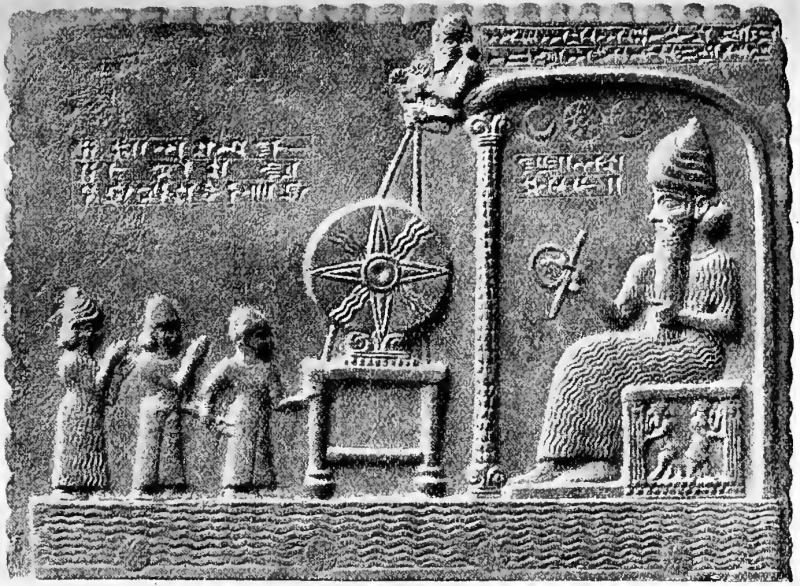
Photo: Pinterest 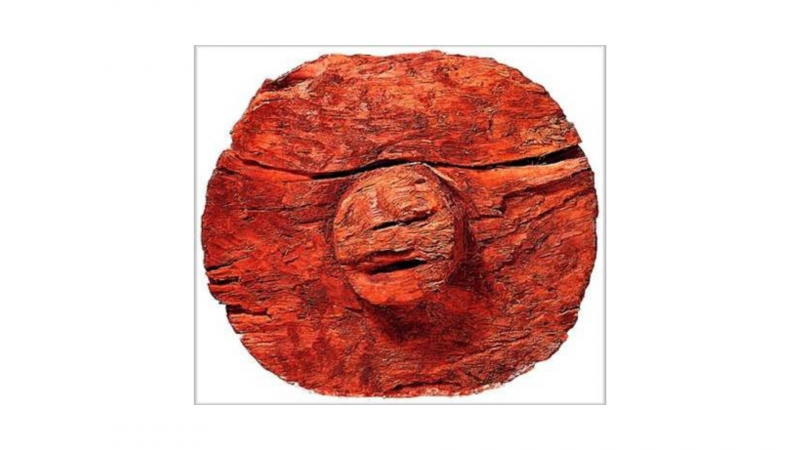
Photo: Ancient History Lists -
The study of mathematics definitely deserves a place in the list of inventions and discoveries of ancient Babylonia. Human life has always involved mathematics, and the Babylonians created a number of sophisticated theories that are still in use today. A precise counting system was required to determine the value of the commodities traded as the Babylonian civilization grew and started trading. The idea of counting and the sexagesimal number system were both invented by the Babylonians. They used a decimal system with an advanced base of 60. The idea of a 24-hour day, with each hour having 60 minutes and each minute having 60 seconds, was invented by the Babylonians. The fact that 60 has numerous divisors led to its selection. Old clay slabs from the time when the Babylonians practiced fractions, algebra, and the Pythagoras theorem have been uncovered to include mathematical artifacts.
In contrast to Egyptian mathematics, which has few sources, some 400 clay tablets discovered since the 1850s provide information on Babylonian mathematics. Tablets with Cuneiform writing were carved while the clay was still wet, then hardened in an oven or under the sun. The bulk of the clay tablets, which range in age from 1800 to 1600 BC, contains information on the Pythagorean theorem, algebra, quadratic and cubic equations, and fractions. A representation of √2 that is approximately accurate to three significant sexagesimal digits is provided by the Babylonian tablet YBC 7289.
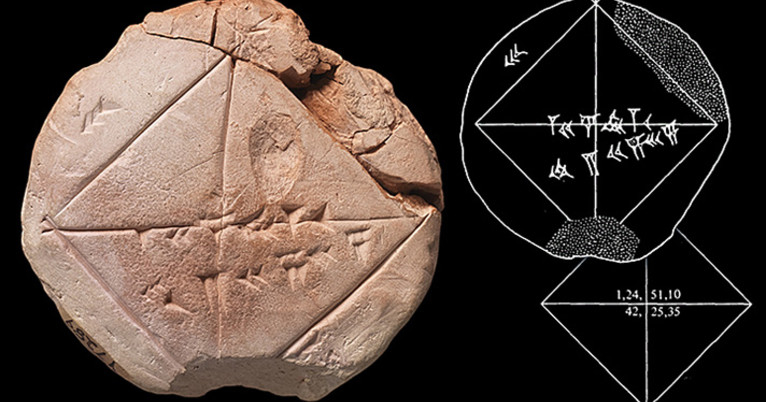
Photo: YaleNews - Yale University 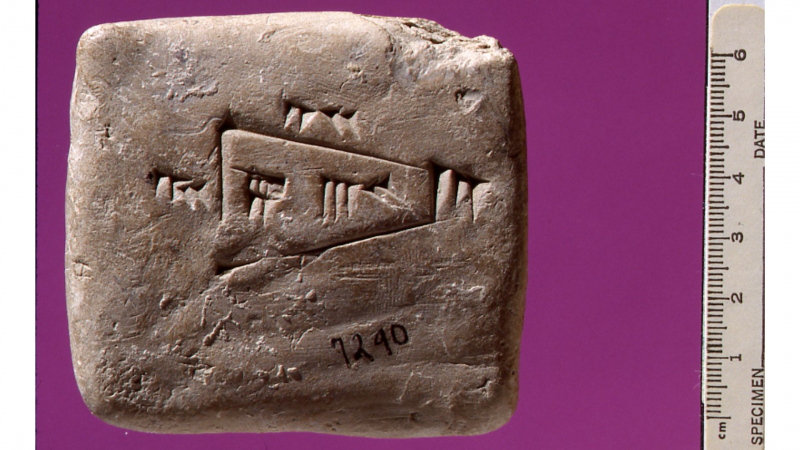
Photo: Mathematical Association of America -
A crucial piece of agricultural equipment, the plow turns the dirt. The Babylonians were the first to discover the revolutionary agrarian advancement known as the plow. The ard was the name of this early plow. It was built of wood and had poor grass traction. The hunter-gatherer tribes of Babylonia saw significant social changes as a result of the creation of the plow, which allowed them to settle in one location and rely on agriculture rather than hunting.
Around 1500 BCE, the Mesopotamian seeder plow was created. An animal (often an ox) pulled the plow while it cut a furrow in the ground. Seeds were then poured into a funnel and inserted into the furrows the plow had created. The plow assisted the Babylonians in creating an efficient technique for turning and planting enormous fields. Since the dawn of time, the plow, also written plough, has been the most crucial agricultural tool used to turn and churn soil, bury crop waste, and aid in weed management. The plow allowed early farmers to till more ground more quickly than they had previously, allowing them to produce more crops in less time.
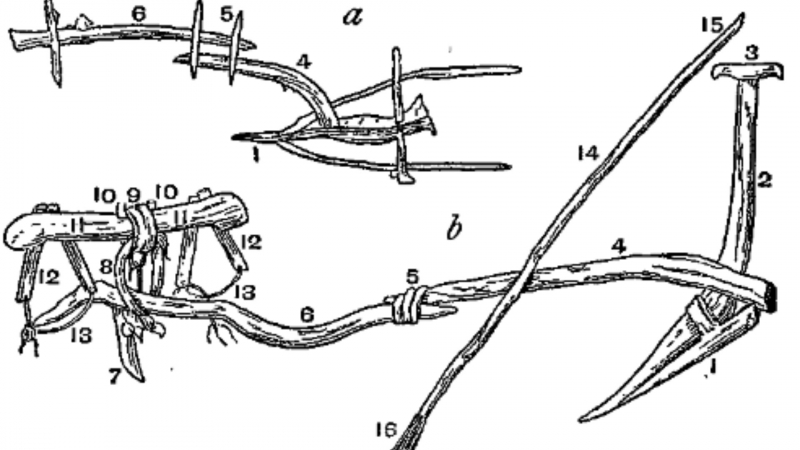
Photo: Wikimedia Commons 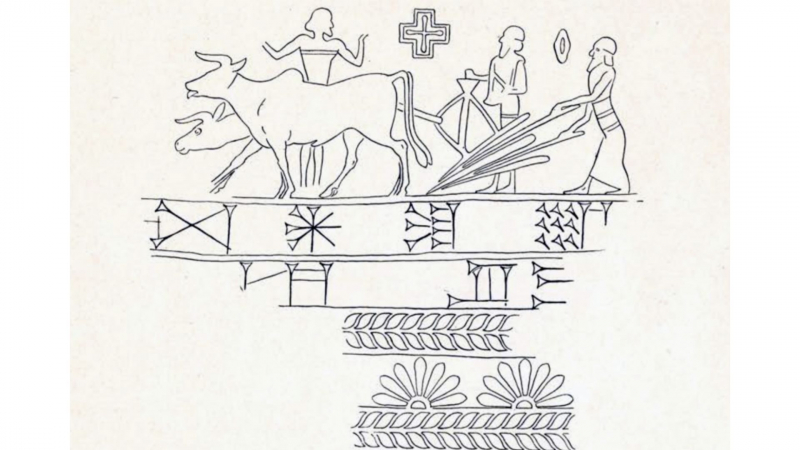
Photo: Penn Museum -
Art and architechture is the last one in the list of inventions and discoveries of ancient Babylonia. Due to a surplus of clay and a dearth of stone, mudbrick was more frequently used in Babylonia. Thus, the vast, unfinished brick constructions that served as Babylonian temples were buttressed. The pilaster and column, as well as frescoes and enameled tiles, were all first developed as a result of the usage of brick. In addition to having tiles and dazzling colors, the walls occasionally had zinc or gold plating. The plaster also contained painted terracotta torches and cones. The Statues of Gudea are among the earliest instances of three-dimensional figures that predominated in Babylonia in place of bas-relief. These sculptures were realistic but also awkward. Because there was a lack of stone in Babylonia, every pebble became valuable and the craft of gem cutting reached a high level of perfection.
The Babylonians created enormous stone constructions known as ziggurats that resembled enormous towers. Etemenanki, a well-known Babylonian ziggurat with a height of around 299 feet (91 meters), is thought to have served as the model for the Tower of Babel. Now it is a ruin. Even the most commonplace household items were exquisitely painted with depictions of human or animal shapes by the creative painters of ancient Babylon. Present-day museums house many Babylonian antiquities, many of which show scenes from ordinary Babylonian life.
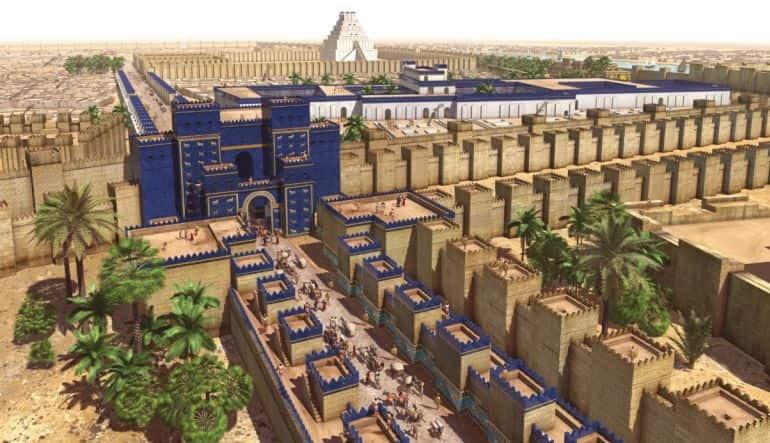
Photo: Realm of History 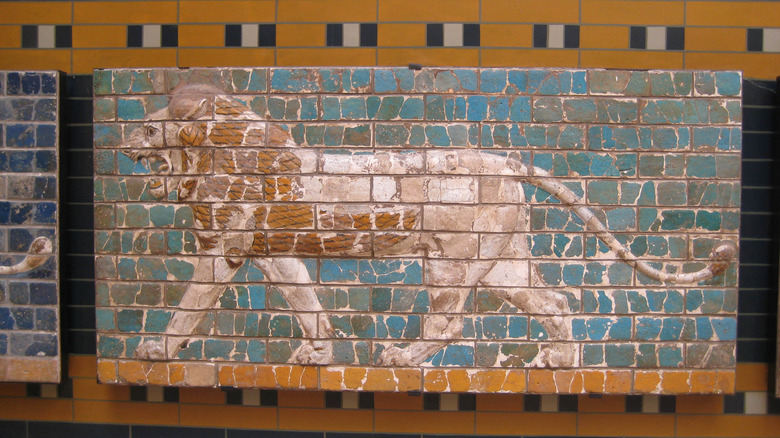
Photo: Grunge












